1859
1859
The Postal Service is created and its management is entrusted to the Harbor Master. The first agency is created in in Noumea.
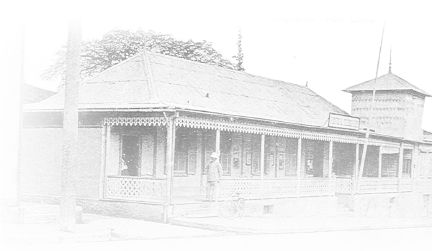

Throughout the years, the Postal Service is structuring itself.
1862
The Postal Service becomes autonomous..
1874
The first weekly regular and roundtrip mail delivery route takes place on 4 April between Noumea and the main municipalities in the country. .
1880
A law from Admiral Courbet, then Governor of New Caledonia, puts in place a framework for the Postal and Telegraph Service with agents, writers and Mailmen.
This local framework will be completed in September 1927 by the creation of the ranks of Inspector, Redactor, Receiver, Lady Employee, Clerk and monitoring positions.
1893
Commissioning of an international telegraphic cable between Téoudié/Kaala Gomen and Bundaberg in Australia.
1903
The Postal Service puts the Cagou on local stamps, the bird becomes the Postal Service’s logo, it still is today.
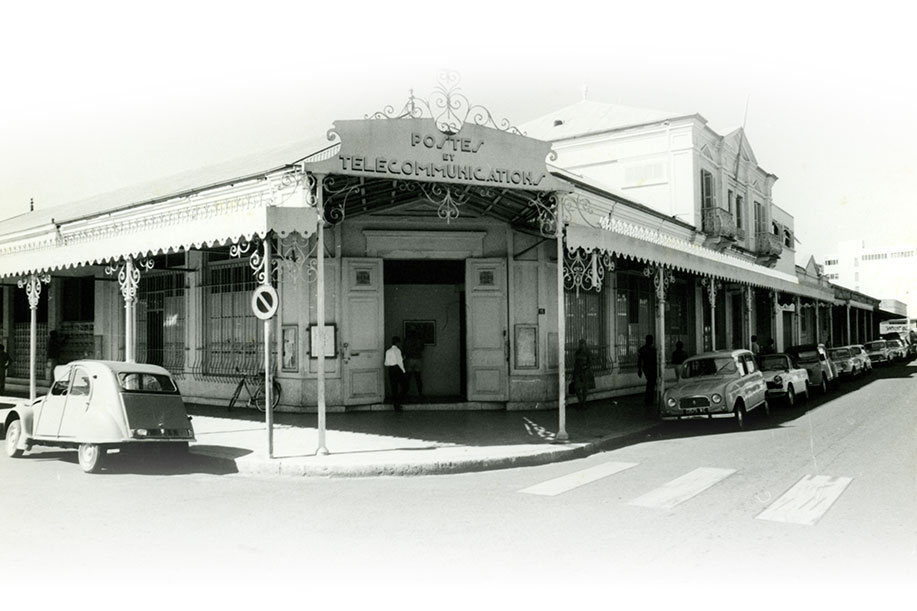
1939
A regular flight between France and New Caledonia enables regular delivery of airmail. The phone and the first phone booths arrived in New Caledonia that same year.
1952
The postal, telegraphic and phone services of New Caledonia becomes “ the Postal and Phone Service.”.
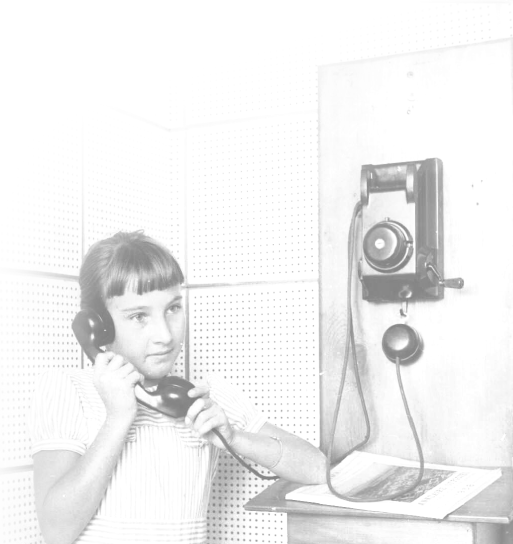
1956
The current status of the Postal and Telecommunication Services is governed by a Decree dated December 1956. Local Post and Telecommunication Services are Public Companies of the French State, managed by a Board of Directors composed of representatives of France and local authorities.
1958
Creation of New Caledonia’s Industrial and Commercial Local Public Companies for Postal and Telecommunication Services (EPIC).
1958
Georges Kling creates the Postal and Telecommunication Service. He was the first director of the OPT between 1958 and 1962. He is the one tasked with the significant mission of transforming the old Phone, Telegraphic and Postal Services into a modern Postal Service.
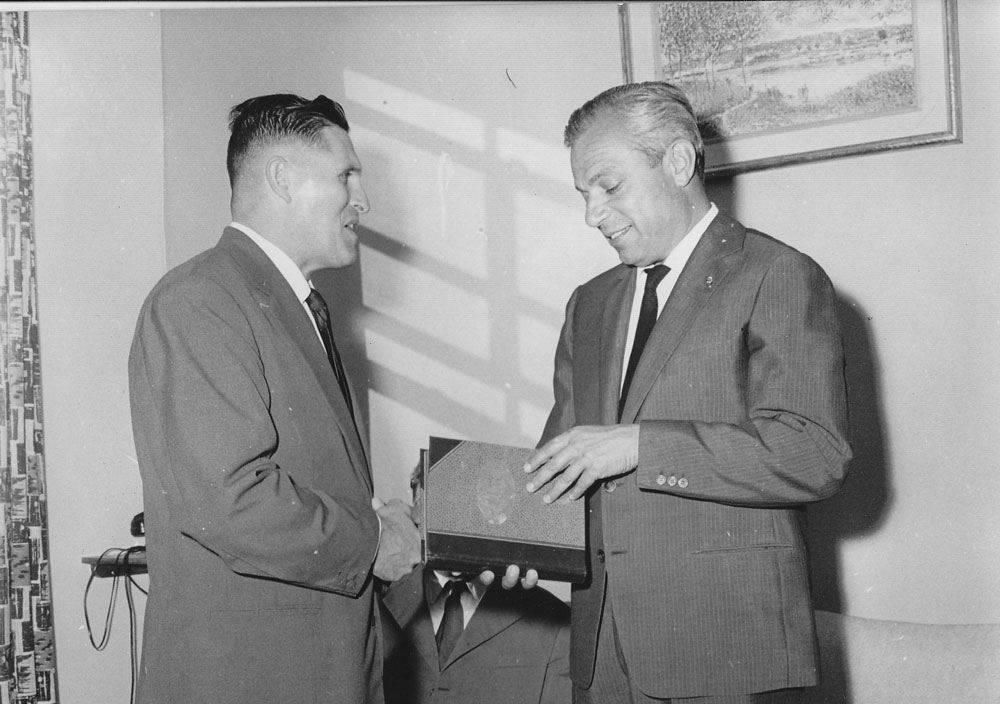
1959
The first radiotelephonic connection is opened with Paris..
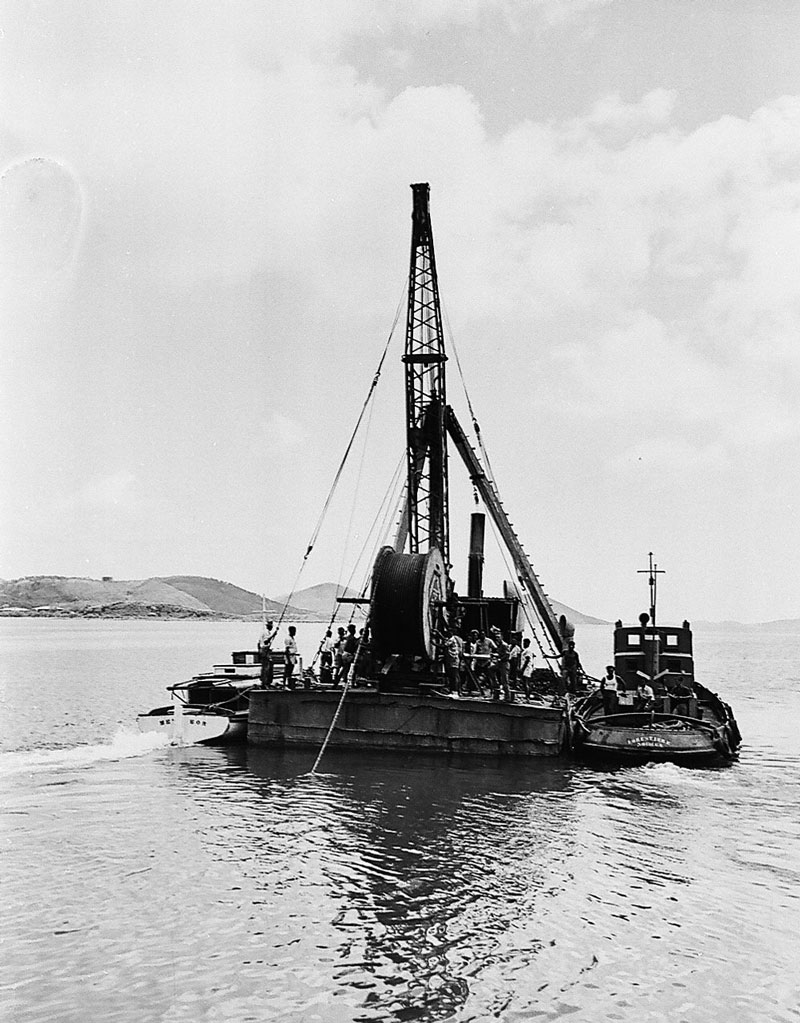
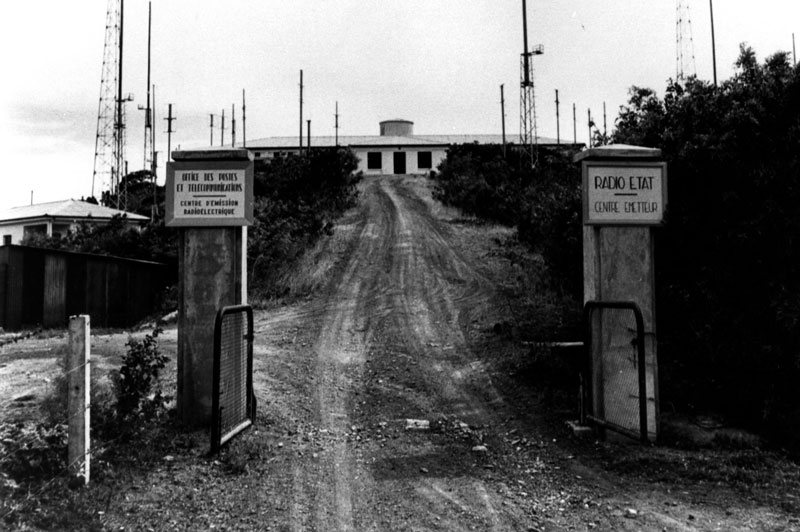
Stamping machines are commissioned at the Main Agency. The Postal Check Centre (CCP) is opened..
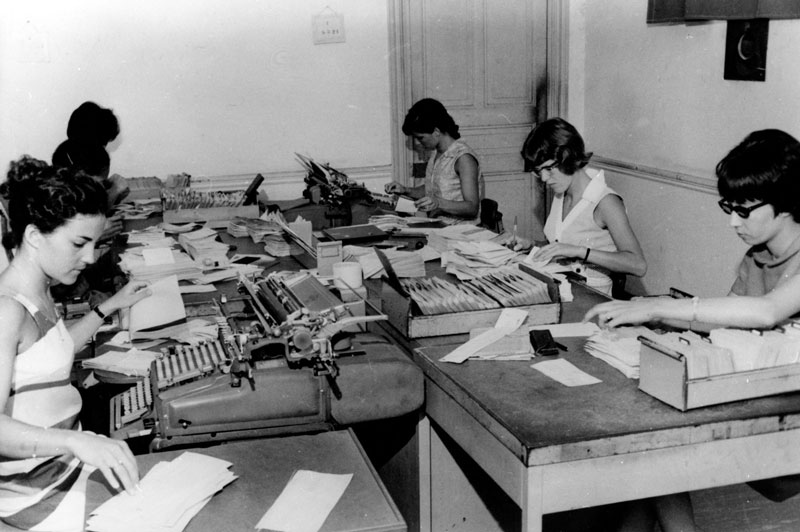
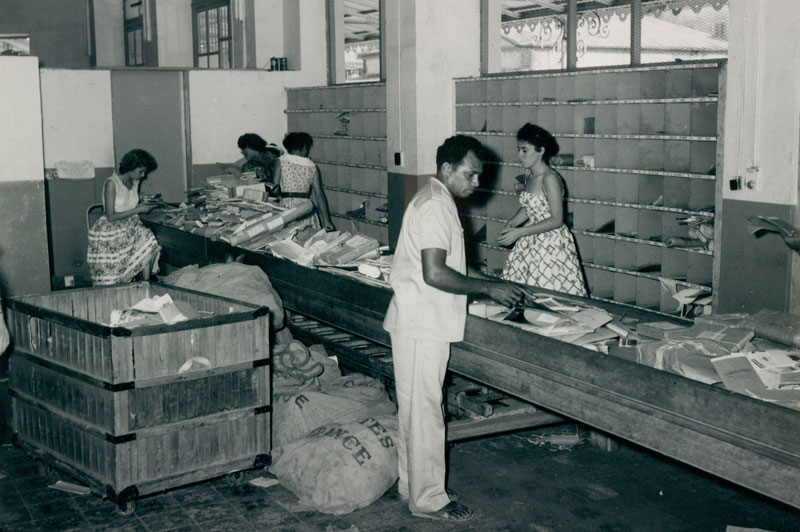
The 60s: The OPT reimagines and develops itself to meet New Caledonians expectations.
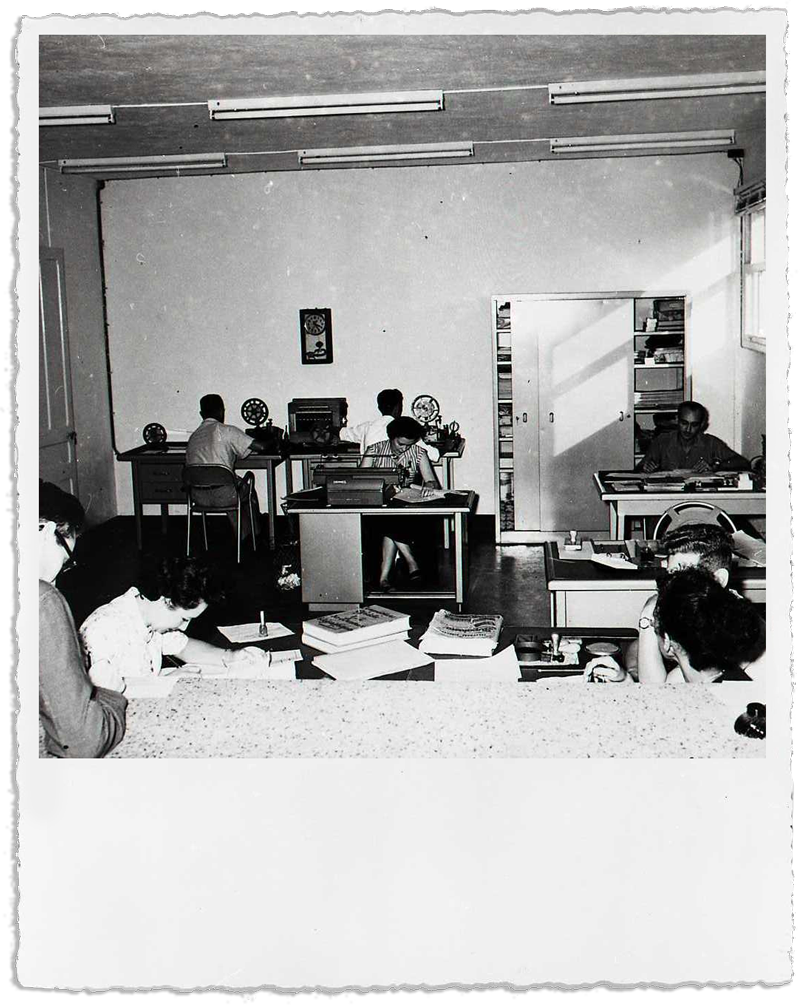
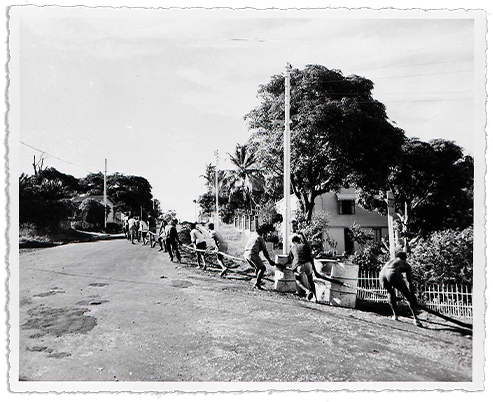
The 70s : The Postal and Telecommunication Service accelerate its transformation.
It is the start of Hertzian bean networks on the entire West Coast (Bourail Tower). The Mobile Post Service is created. The OPT-NC delivers a budgetary surplus from 1977.
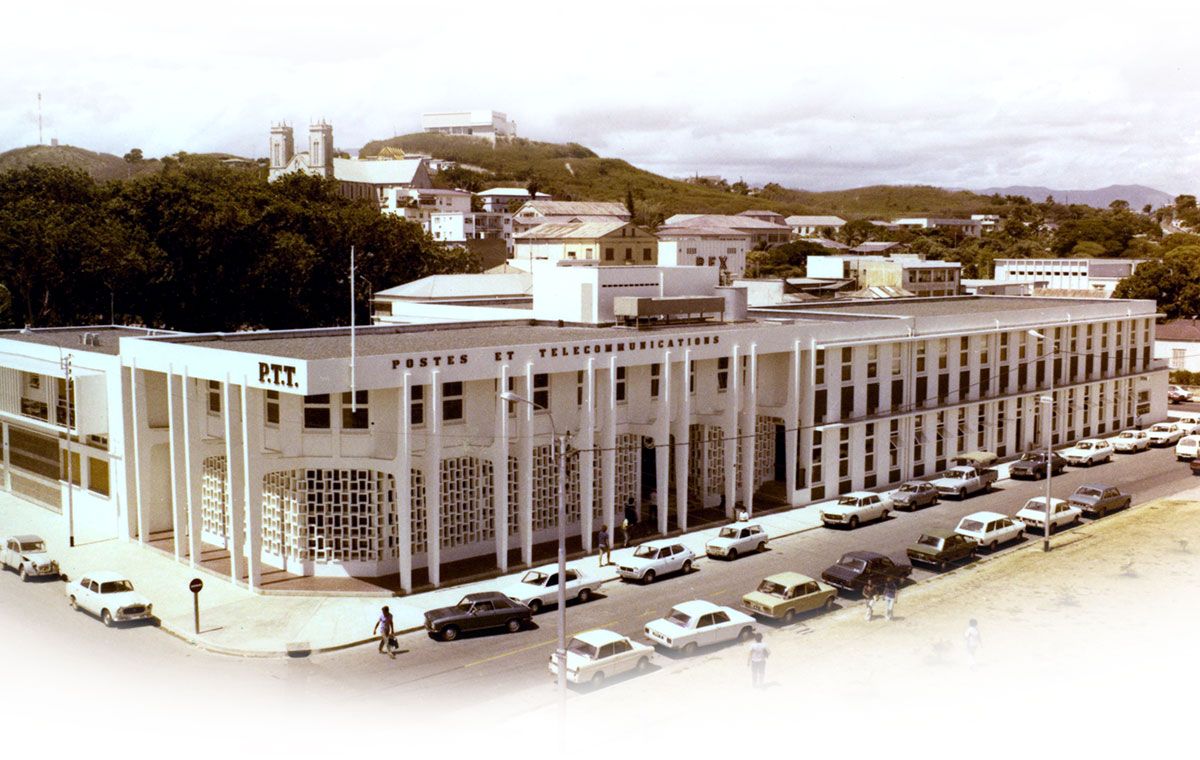
1972
The OPT-NC creates its first ready to post product.
1984
New Caledonia becomes competent for the territory’s post and telecommunication services. The President of the Board of Directors is Charles Lavoix, Territorial Minister, until 23 August 1985.

1985
Start of digital telecommunications..
1989
The OPT-NC starts planning to generalize access to the telephone in rural and tribal areas. (Contribution to the Government’s Rebalancing Strategy).
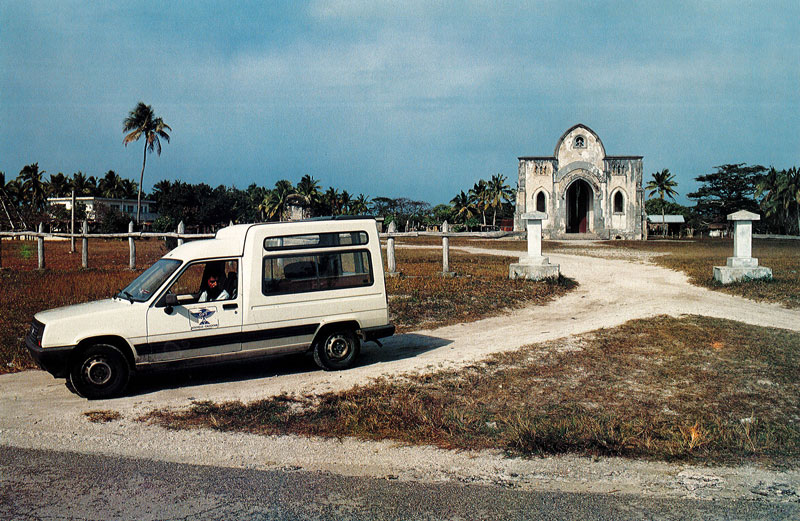
1990
The OPT-NC launches the first chip-equipped to be used in public phones (publiphones)..
Publiphones are a real technological revolution and progress for users. To fight against the isolation of certain communities, The OPT-NC installs publiphones working thanks to solar energy.
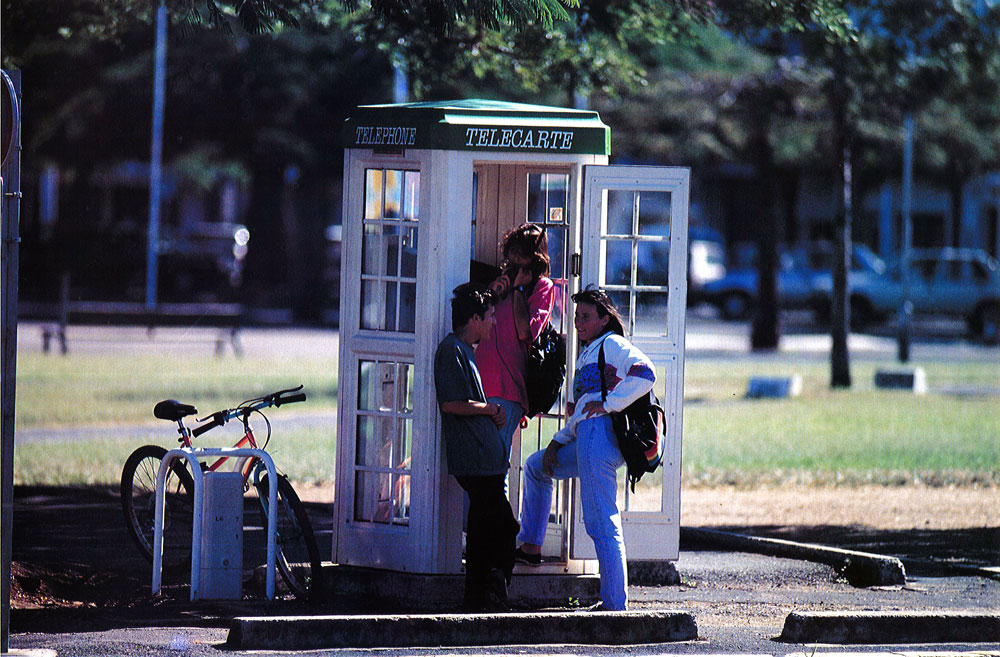
1991
First optic transmission network in Noumea. Comercialization of Minitel communication..
1992
The main transmission network serves the whole territory digitally, including Belep and Tiga thanks to an Hertzian beam. The first ATM will be installed at the main agency.
1995
Building of the Montravel tower

1996
The GSM -Global System for Mobile Communications- or the European standard for mobile phone technology is launched, with the official opening of « Mobilis » in March. « Mobilis» is the OPT-NC’s mobile phone service. By December, more than 1900 users are using “Mobilis.”
The creation of the GIE OFFRATEL is decided with France Câble Radio (FCR). It is also the start of the internet in New Caledonia..
1997
L’OPT-NC launches the isolated fixed GSM offer.
1999
The Liberté phone card which enables the prepaid use of the mobile network is created. The IP Federator Network is technically commissioned for the local and international interconnexions.

2000
New Caledonia becomes competent for external telecommunication and postal services, except for governmental, defense, and security liaison and communication, as well as the regulation of radioelectric frequencies.

The Internet Revolution has startede
2000
The OPT-NC launches the new internet portal Kaori.nc. A true « virtual guide » for New Caledonian internet users. It is also a point of entry into New Caledonia for the rest of the world.
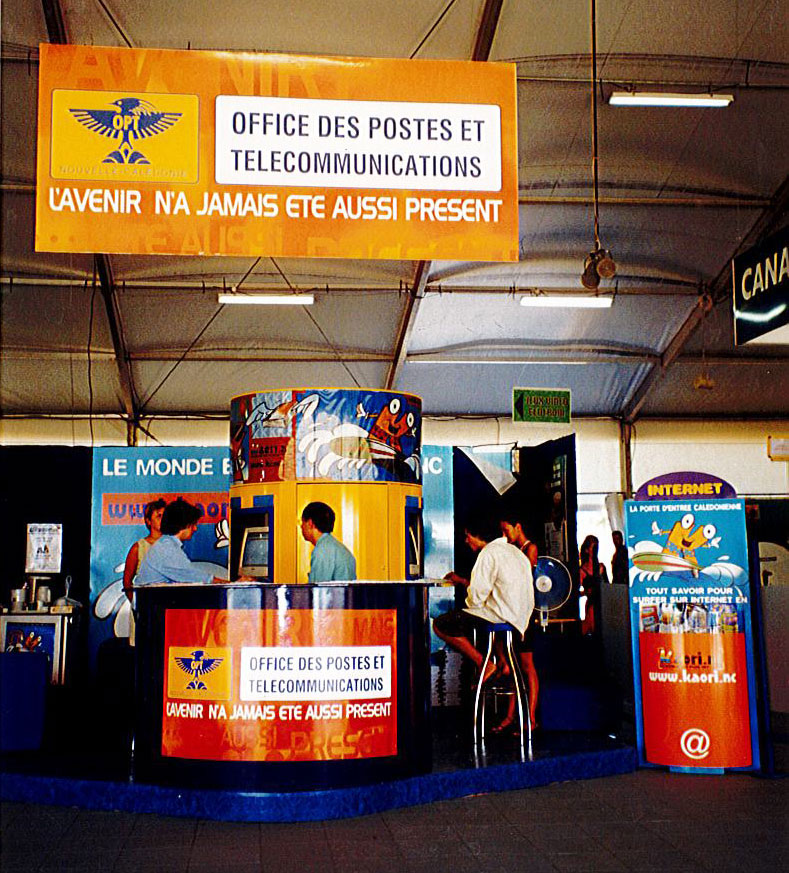
2001
ADSL technology is launched, Asymmetric Digital Subscriber Line or ADSL is a high speed digital transmission protocol which uses the wired phone network while allowing users to stay connected. The OPT-NC commissions an International Telecommunication satellite on the site of Goro-Nickel. The OPT-NC becomes a member of the Pacific Islands Telecommunications Association (PITA).
2002
The OPT-NC changes its colors. A new logo and a new graphic chart are put in place. The Izi card is launched..
2003
The OPT-NC’s manages external telecommunications and ensures general interest missions and activities for France (some postal and financial services , radio-maritime security watch) and for New Caledonia ( independent networks, .nc domain , instruction for TTOM users, activities associated with administrative importation authorizations.). Decree 2004-729 dated 22 July and setting financial services regimes applicable in Postal and Telecommunication Services in the Overseas Territories.
2004
The management of the company is entrusted to New Caledonia on 1 January. New Caledonia now manages the OPT-NC’s development policy and defines strategic orientations for its three areas of expertise.
2006
First PO box blocks in isolated areas (in Méaré and the Grand Couli Tribe).
2008
The first international fiber optic cable – GONDWANA – is rolled-out between Noumea and Sydney and its commercial exploitation starts on 1 September. The ADSL MAX project is launched. The OPT-NC buys 85% of CITIUS created by FCR.
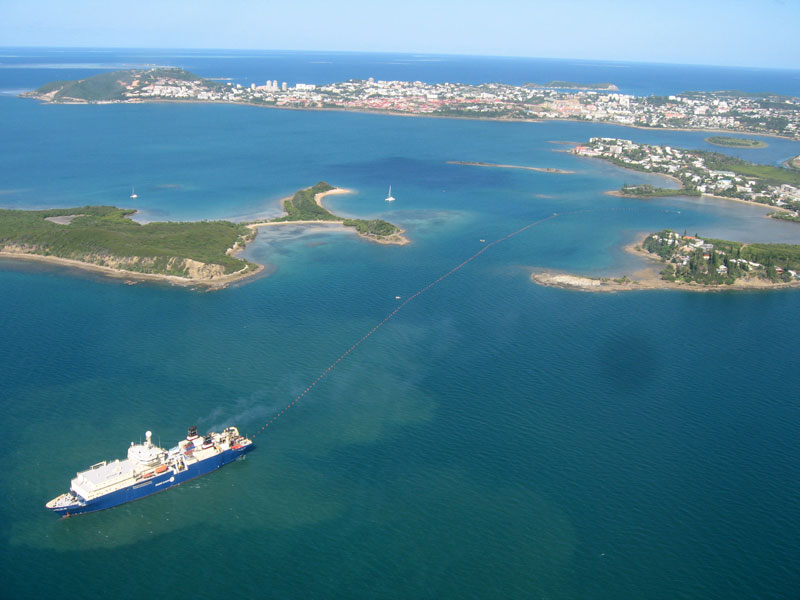
2011
3G technology or the third generation of digital mobile phone technologies is launched for the XVth Pacific Games-NC 2011. The OPT-NC participates in the creation of New Caledonia’s Digital Technology Observatory (ONNC), the development of the Digital Economy Strategic Plan (PSEN) and to the “Economy and Planning” Workshops associated with the orientations of New Caledonia’s Planning and Development Blueprint, “NC 2025.” The PSEN constitutes the Digital technology portion of this blueprint. First year of the Employee Representatives Committee.
2012
The now obsolete telecard is no longer commercialized from January. .
2013
In September, The Board of Directors approves the quinquennial Strategic Plan named Plan OPT2017 which translates the OPT-NC’s ambitions regarding the issues associated with New Caledonia’s planning and development and set the company’s orientations for the next 5 years.


2014
The Board of Directors approves technical and commercial measures put in place by the OPT-NC to improve the internet experience in New Caledonia . Contents are directly accessible locally via the IP federating network. The OPT-NC’s new institutional website is launched. On 2 December the Board of Directors approves the creation of the holding FIPOSTE, aimed at supporting New Caledonia’s postal bank project.
2015
4G or the 4th generation of mobile telecommunication standards arrives in New Caledonia. The fiber optic network starts to be rolled-out across the country : Kaméré becomes the first suburb to benefit from the fiber optic network. This pilot phase allows the ISPs and the OPT-NC to check the infrastructures and approve processes. Obsolete publiphones are starting to be removed. The holding FIPOSTE is constituted.

2016
Dumbéa’s Mail Distribution Center (CDC) is opened. The OPT-NC accelerate the roll-out of fiber optic, continues to setup PO box blocks (IBP) in isolated areas and the development of its Automatic Transaction Machines (ATM) in the country’s municipalities. The OPT-NC also commits to modernizing its agency and more broadly to the New Customer Relations Concept (NRC). The agency in Magenta is the first to experience innovation through several completed projects (Express counters, ATM, signage...). The OPT-NC develops its infrastructures with the start of the works for the future Postal Processing Centre (CTP) as well as of the tertiary building associated with the Eiffel site.
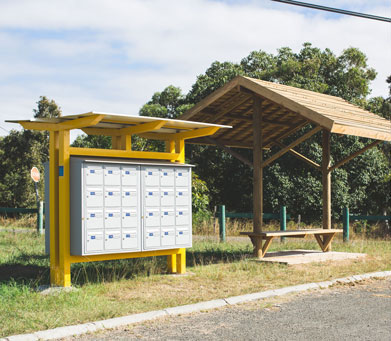
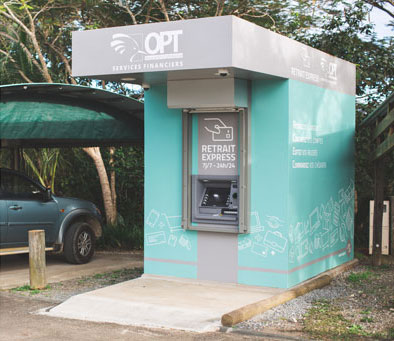
2018
The new Postal Processing Centre in Ducos and the Ducos Centre agency, the first entirely renovated agency according to the New Customer Relations Concept (NRC), are inaugurated. The OPT-NC celebrates its 60th birthday.
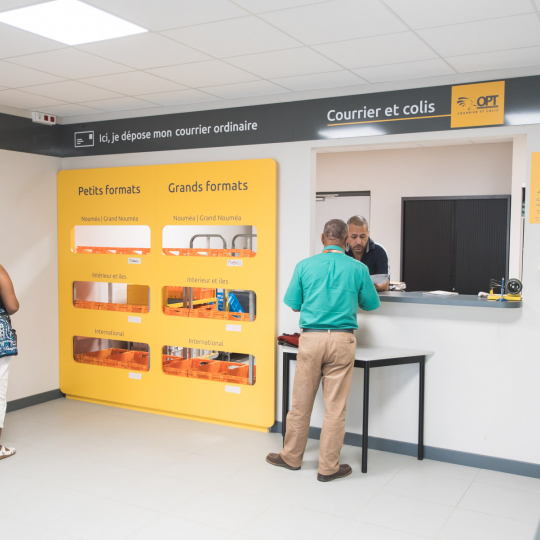










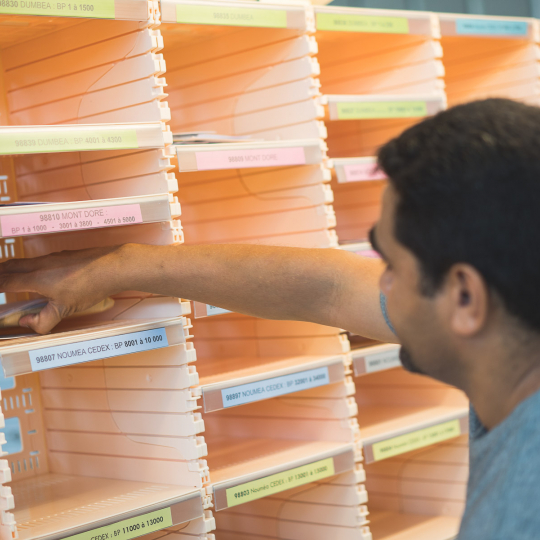


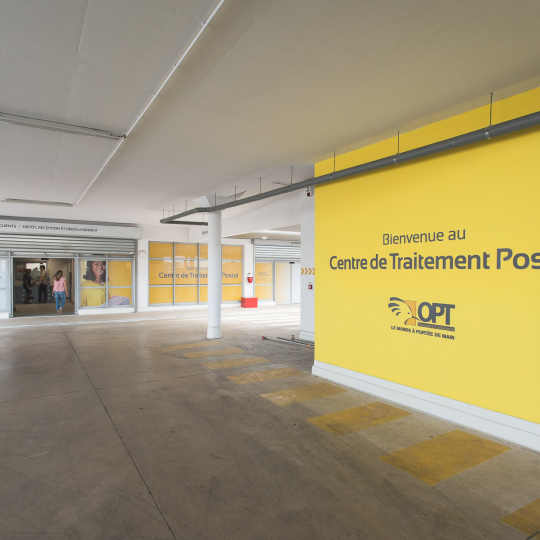
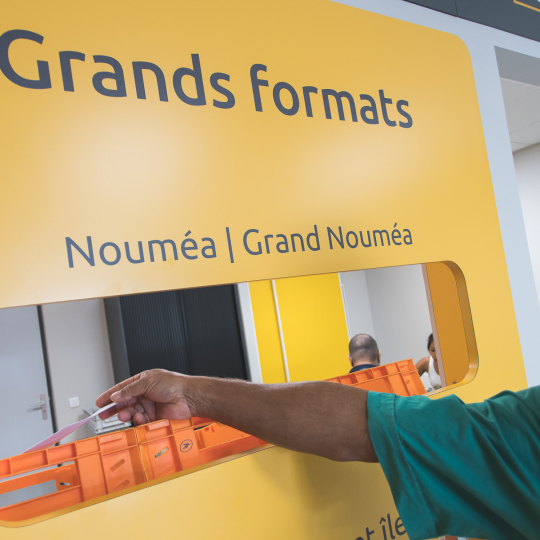

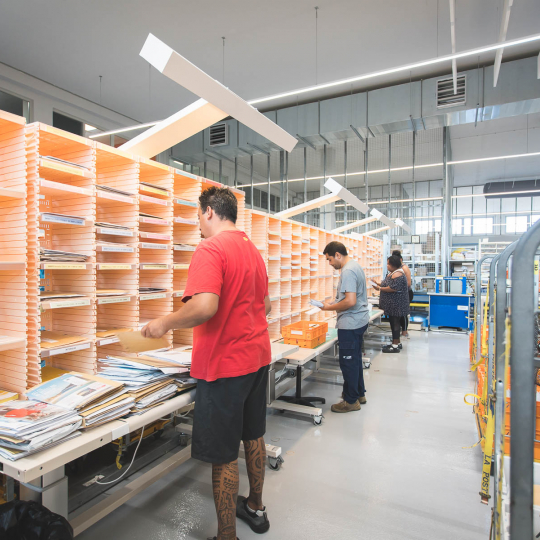

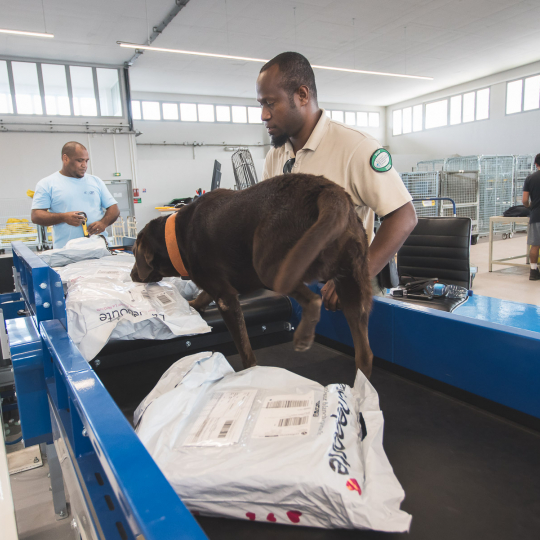
The OPT-NC celebrates its 60th birthday
An anniversary is something to celebrate. In 2018, OPT-NC wanted to share this event with Caledonians through a communication campaign rich in emotions. It is also an opportunity to recall the path we have taken together over the past 60 years.

2019
• Launch of online payment.
This long-awaited service is now available on the www.opt.nc website. From the home page, the site provides access to the most popular online services, and allows customers to pay their bill in a few clicks.
Prepaid cell phone package for holidaymakers. This multiservice offer allows to make calls, send SMS and access the mobile Internet.
2020 : Global pandemic of coronavirus disease (COVID-19)
Let's recall that New Caledonia experienced its first containment in 2020 related to the Covid-19 crisis. In these turbulent times, OPT-NC has professionally carried out its public service missions, demonstrated its ability to be able to manage its major financial balances and its projects at the same time, whether they be infrastructure, service or digital transformation projects, while providing unfailing support to the country.

2022 : Launch of the strategic plan "BUILDING TOMORROW | OPT 2025"
In 2021, OPT-NC launched a large-scale strategic work aimed at developing its new strategic plan, the main directions of which have been defined through rigorous and concerted reflection.
With its new strategic plan "Building tomorrow | OPT 2025", the Office's declared will is to create sustainable value for New Caledonia and its populations, but also to actively contribute to the ambition of regional insertion of New Caledonia in the Pacific zone.
